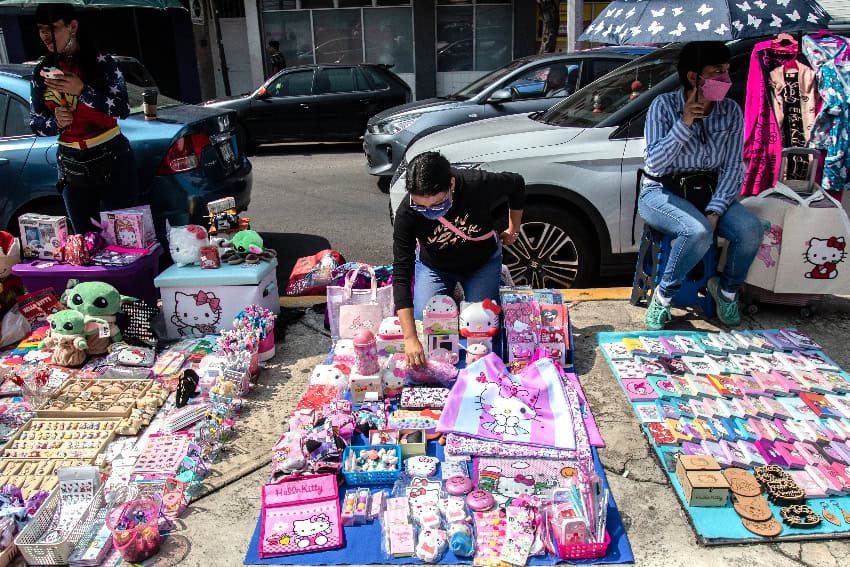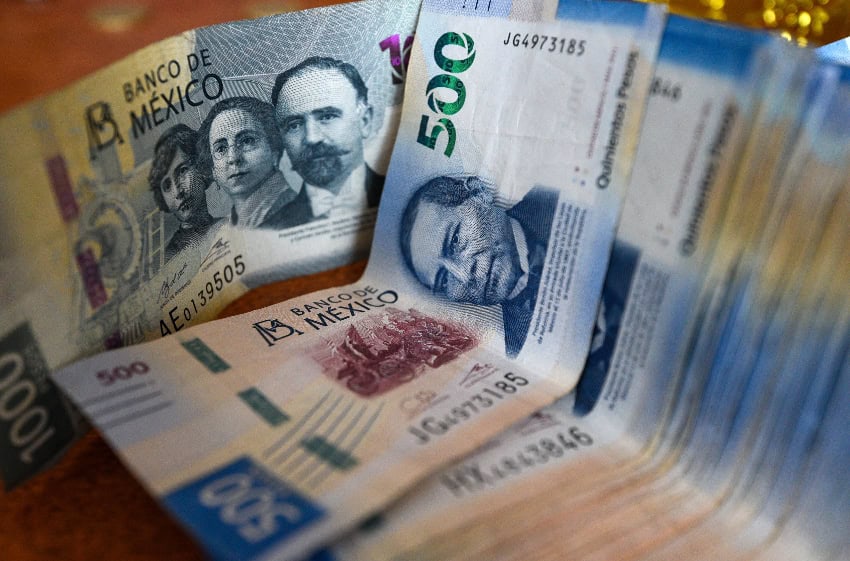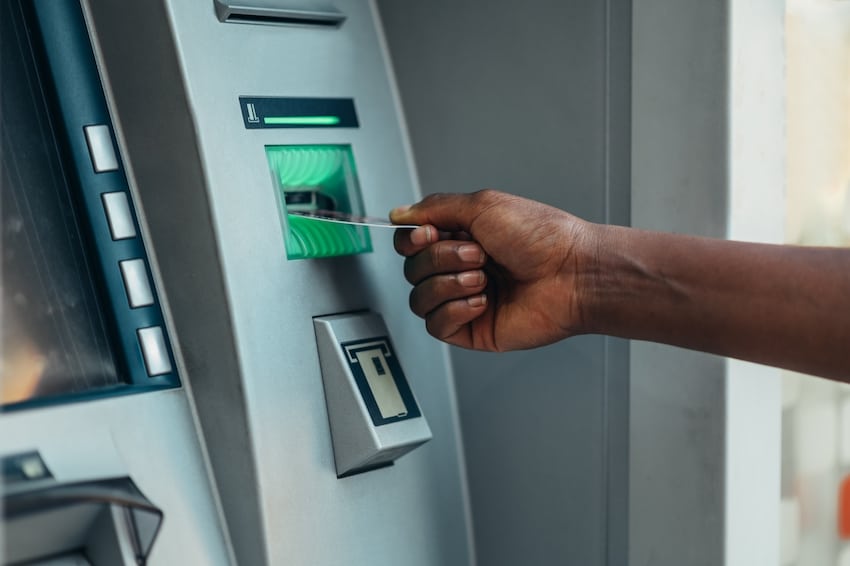Have you traveled to Mexico for any amount of time? If so, you’ve probably quickly realized something: Paying cash in Mexico is an absolute must at (almost) all times.
If you want to buy something at the market, you need cash. If you want to tip one of the many tippable people, you need cash. If you want to buy something from an artisan, you need cash. If you want to pop into a local “tiendita” (neighborhood corner store) for something, you need cash.

When I think of my trips back to the U.S., on the other hand, I realize I haven’t taken U.S. dollars out of an ATM there for at least the past 10 years. Every interaction, it seems, is done through cards, or even “Apple Pay,” which is still foreign to me.
Like, another new technology whose only purpose is to make parting with my money easier? We were supposed to have flying cars by now, people, and magic machines that sucked any disease right out of you. Seriously, what is this silliness?
The bills: the ones you want, and the ones you don’t
But I digress. In Mexico, it’s all about the Juanas. And the Miguels, and the José Marías, and the Benitos. And if you’re especially unlucky at the ATM, the Carmens, Hermilas, and Franciscos, the three who currently grace the 1000 peso note.

On the one hand, Mexico’s money is really, really pretty and has won lots of awards. The 50 peso note has an axolotl on it! When they first came into circulation, people would save them as if they were fine works of art to be conserved. And really, they are.
If you’ve got coins, 20s, 50s, and even 100s, you’re probably okay in most places. 200s are iffy, but typically okay in bigger establishments (though generally fine in major cities). 500s and 1000s are only for decidedly more expensive or at least established places, likely national or international chains.
¿No tendrá cambio?
Why? Because so, so many places simply do not have a lot of extra money on hand.
Most Mexican small businesses operate with an incredibly small cash cushion, if any. Many operate on debt. Even if they are “official” places, like restaurants and cafés, there’s no guarantee that they’re starting the day off with money in the register. They are counting on earning money as the day goes on, and hoping that the first chunk of customers will pay them in small bills.
If you think this seems like a precarious plan, it’s because it is. But most businesses do not earn enough to simply keep a pile of cash in small bills on hand just for change-making. The money that goes into the business gets used for the business, often to pay the workers at the end of the day. Also, most people do try to pay pretty close to what they owe so that minimal change will need to be made.
Try to pay for a 50 peso item with a 200 or 500, and you might get a slightly-embarrassed, ¿No tiene cambio? (You don’t have change?) response. If you say no, one of two things will happen: they will go off, or send someone else off, to try to make change with a neighboring vendor or store. Other times they’ll simply say, “Es que no tenemos cambio” (We just don’t have change) and stare at you.
That’s your cue to either magically produce the exact change, or, if you’re me on a bad day, scowl and say, “Oh well!” and leave. I mean, really. Do you want my business or not? I’m not going to run around looking for change so you can sell me something. Sheesh.
What to do

As I mentioned a couple of weeks ago, it’s important to be strategic about your cash. When you’re able to break a larger bill, do not – I repeat, do not – miss the opportunity. If you have to, you or anyone else can do it at any bank, though you might have to stand in line for a while.
First strategy: at the ATM, try to not ask for a multiple of 500 exactly. For example, you might ask for 5,300 pesos, which would at least give you a 200 and a 100 note.
You can also almost always get change at large, established chains. When I’ve got a 500 to break, for example, I’ll walk down to the Fasti and buy maybe a little over 100 worth of goods. Don’t be “abusive,” about it, though, as Mexicans would say. If you try buying a 15 peso item with a 500, they might very well tell you to go to hell – or at least tell you that there’s a higher minimum if you’re going to pay with that much.
Anyway, once I get that change, it goes into a separate coin purse that I pretty much guard with my life. This is the change you use in all the places that don’t have change, and I don’t use it unless I have to. And if you’re the type to give tips or money to people asking, put a bunch of change in one of your pockets for easy access!
So before you go out, think about the places you’re going, if you’ll need to give tips, or if you’ll be able to use debit or credit cards. It takes some planning, but it can save you a lot of headaches! Trust me.
Sarah DeVries is a writer and translator based in Xalapa, Veracruz. She can be reached through her website, sarahedevries.substack.com.
